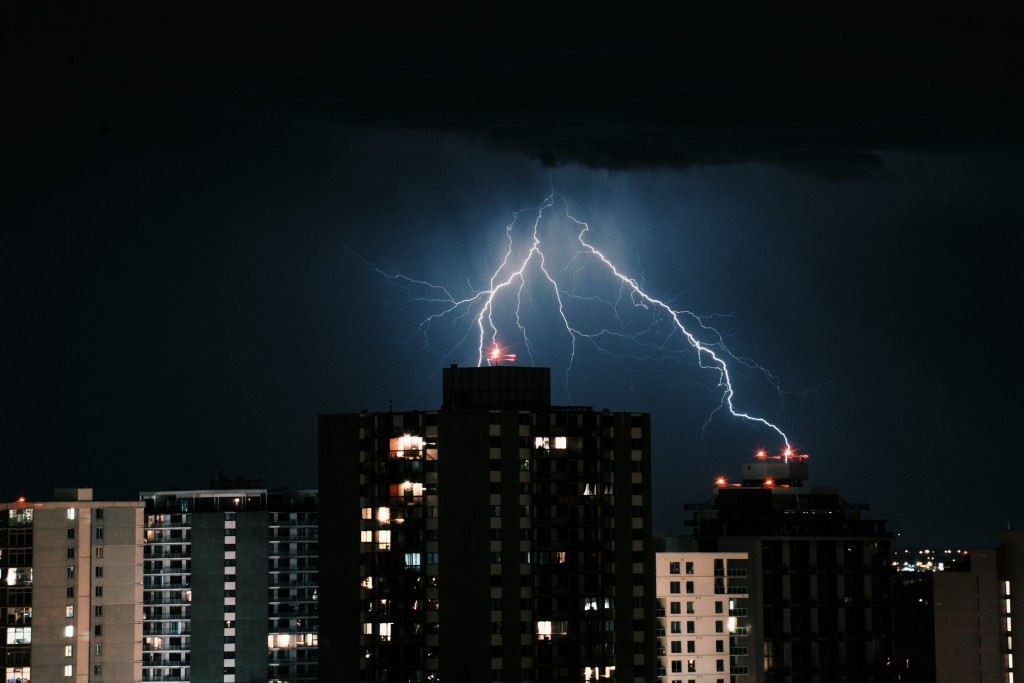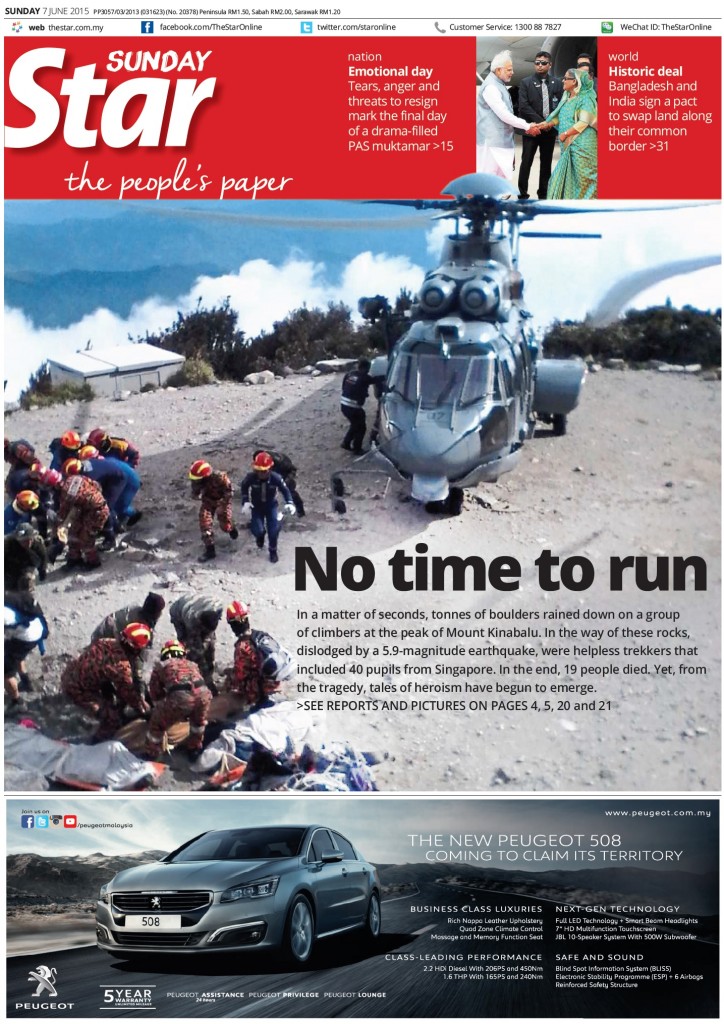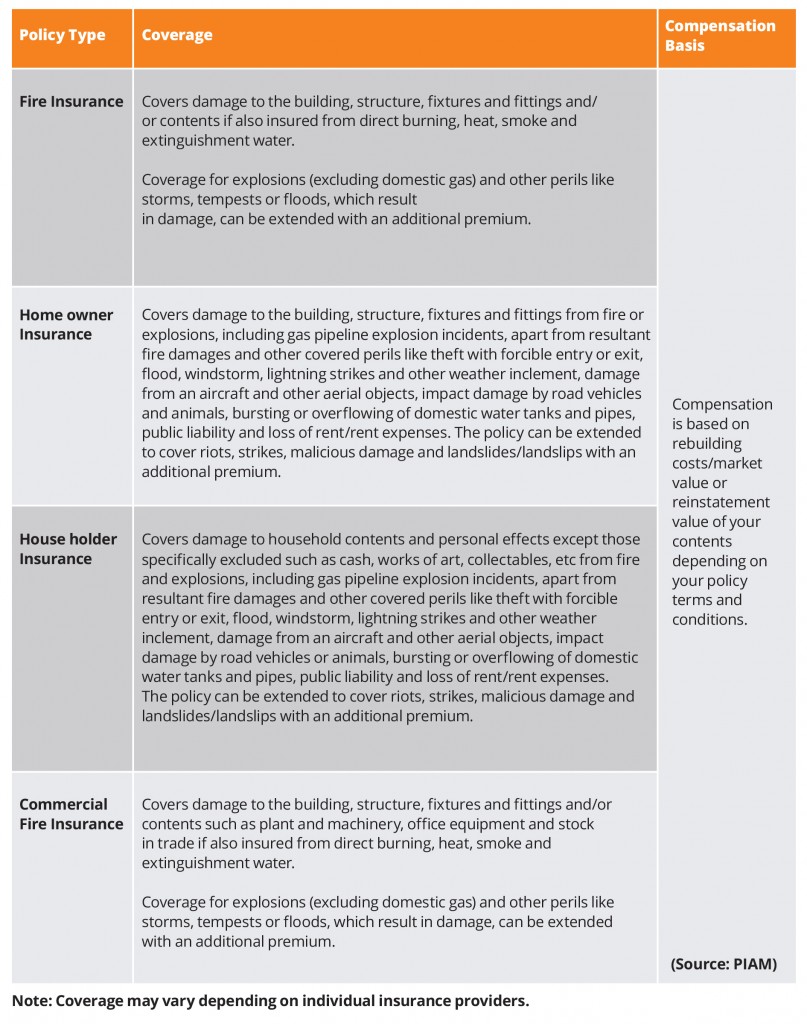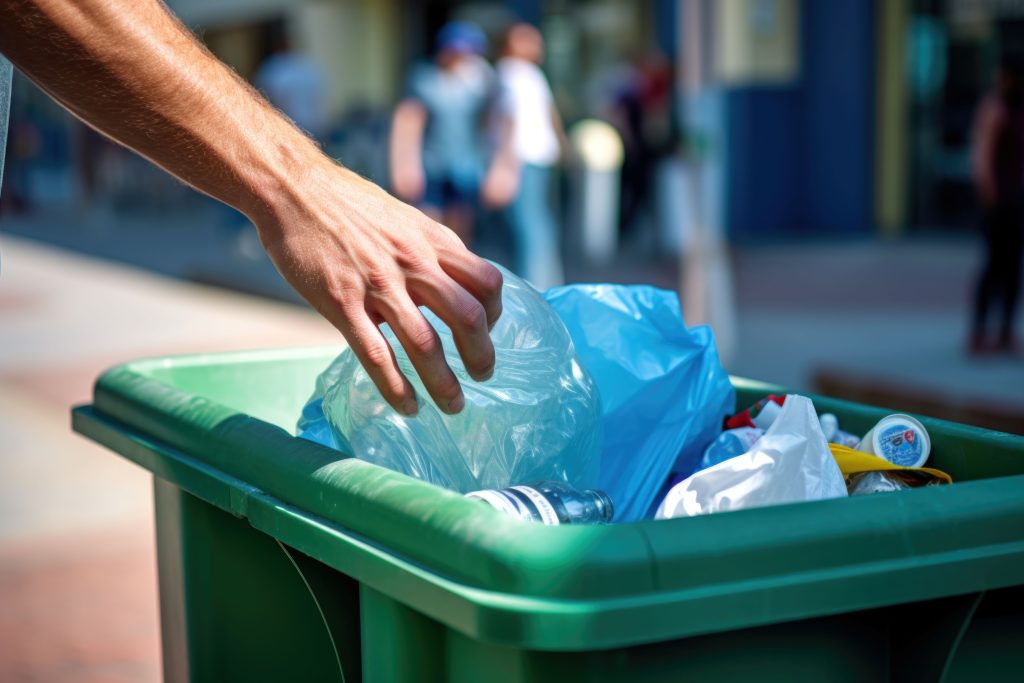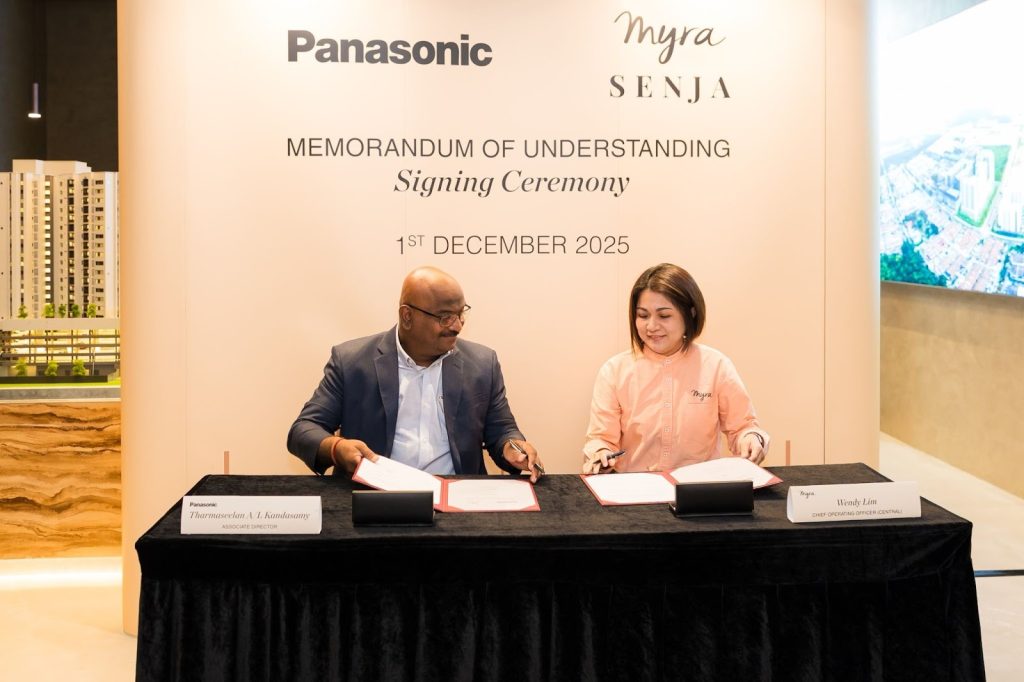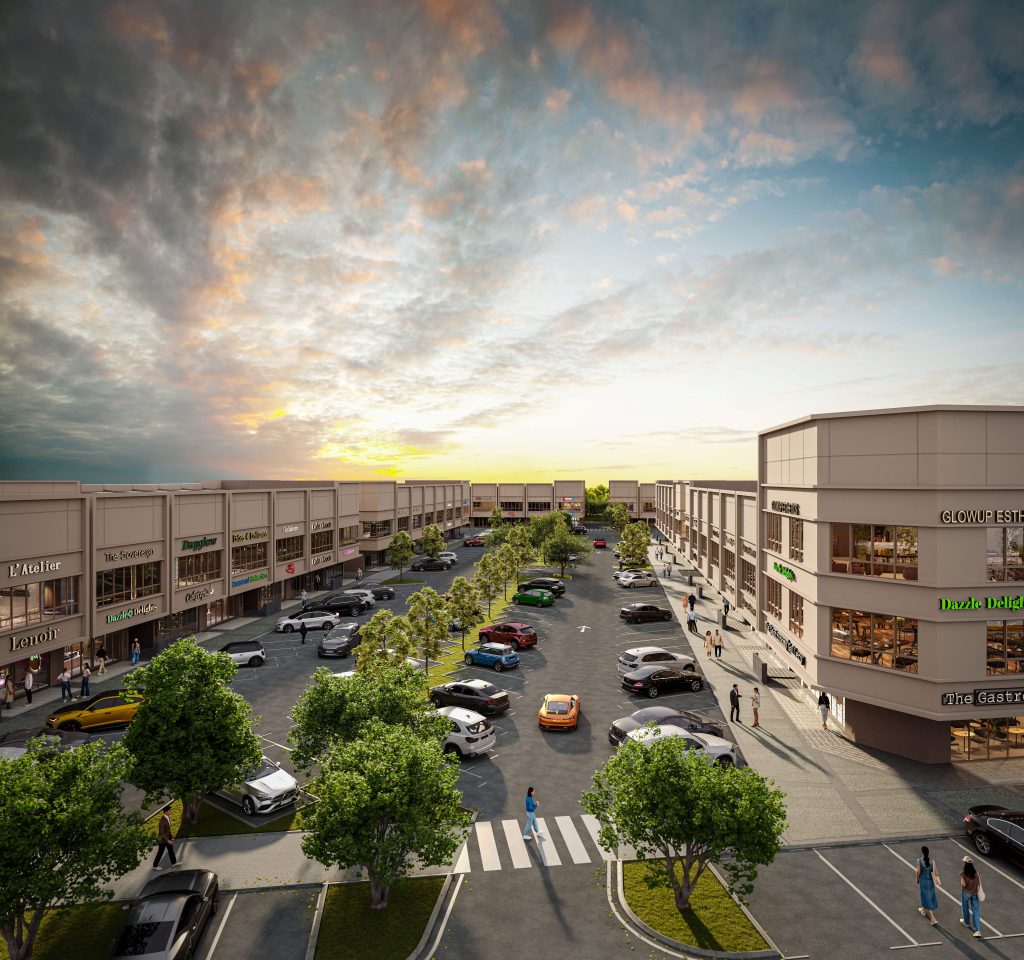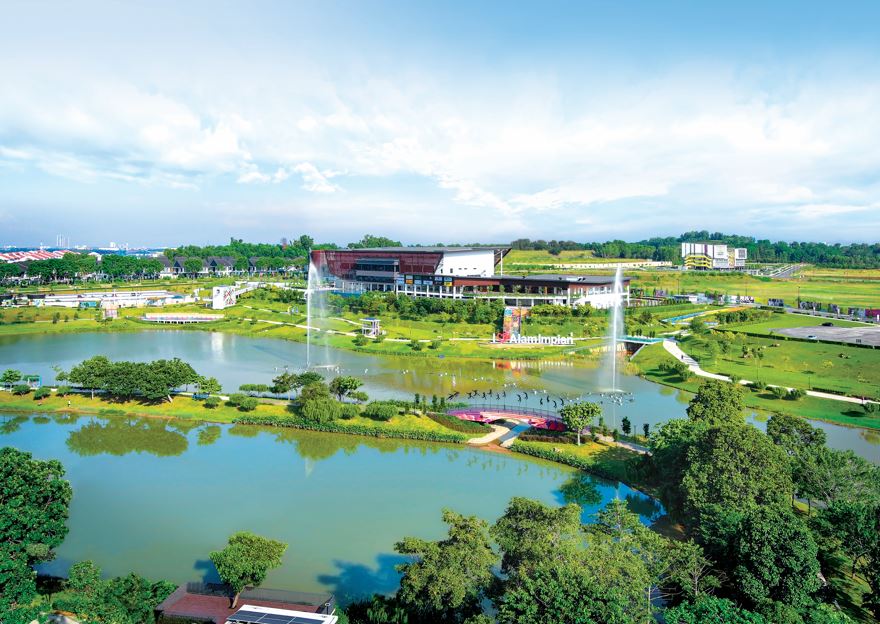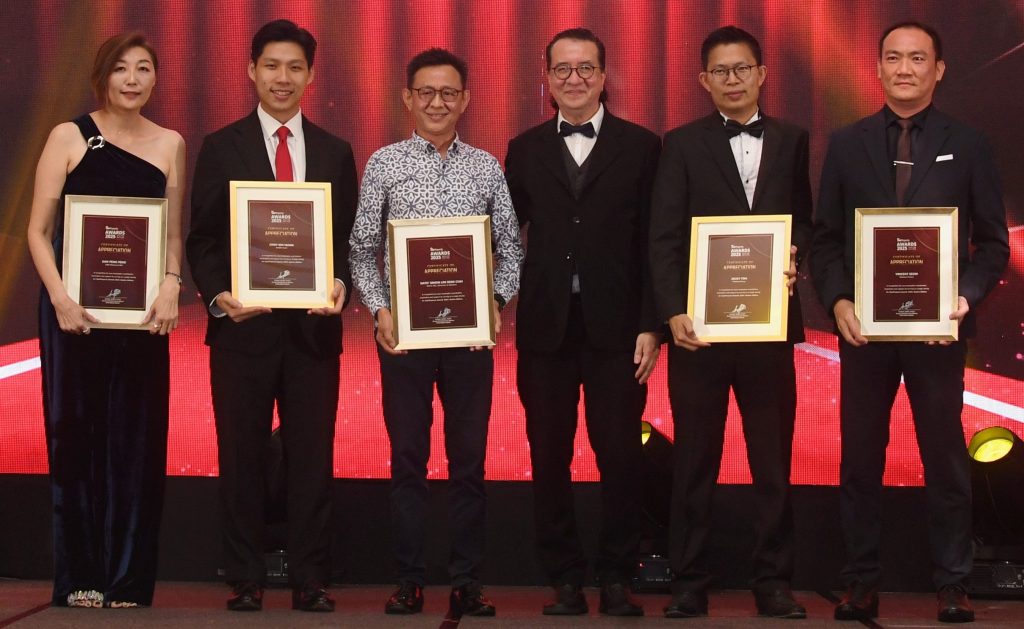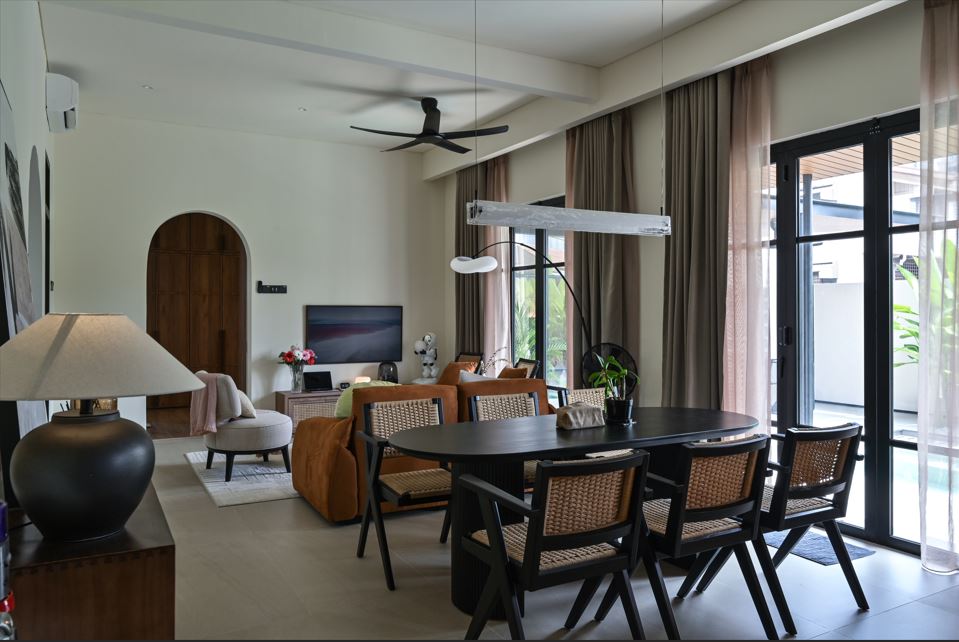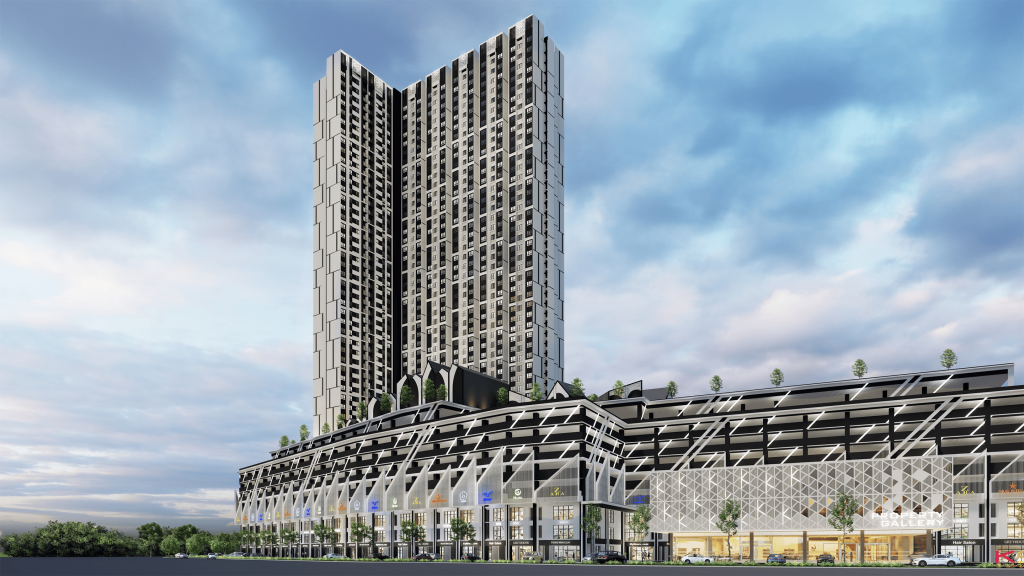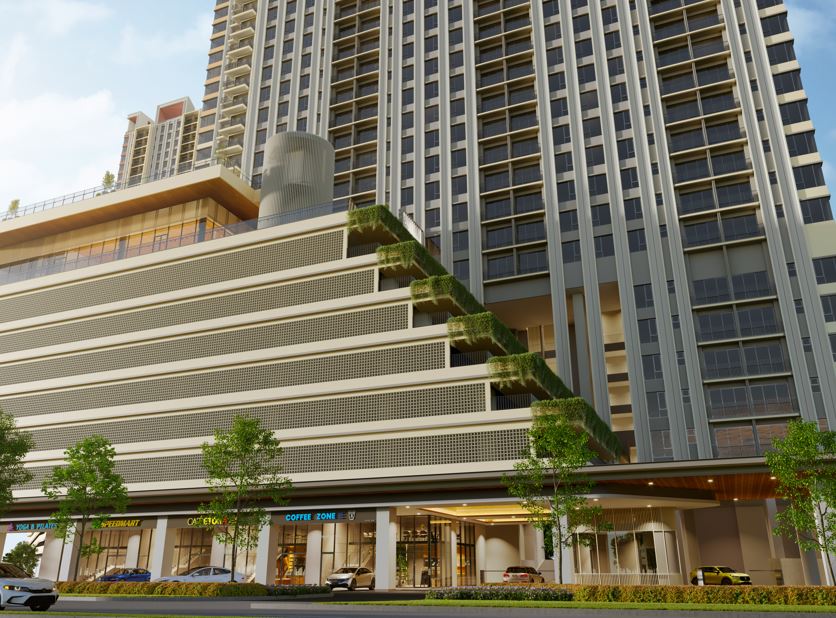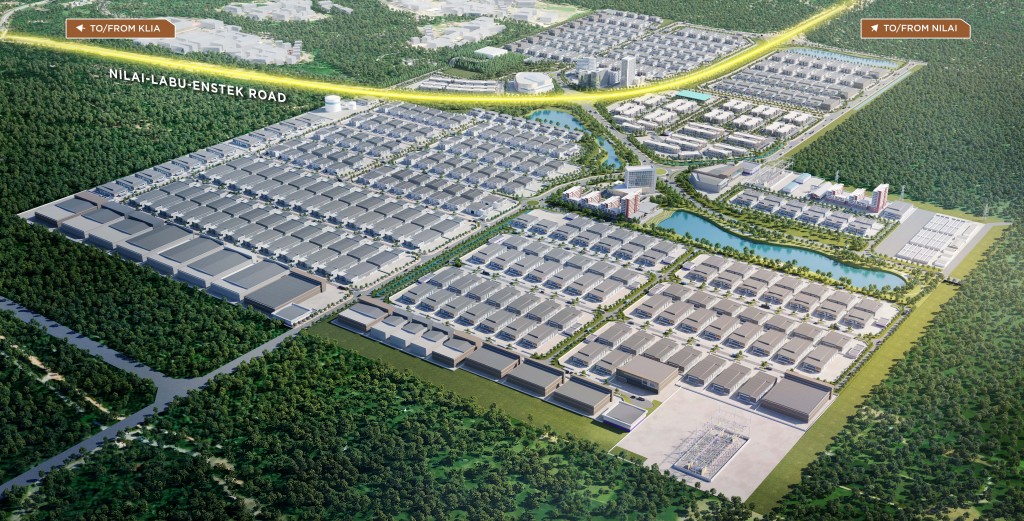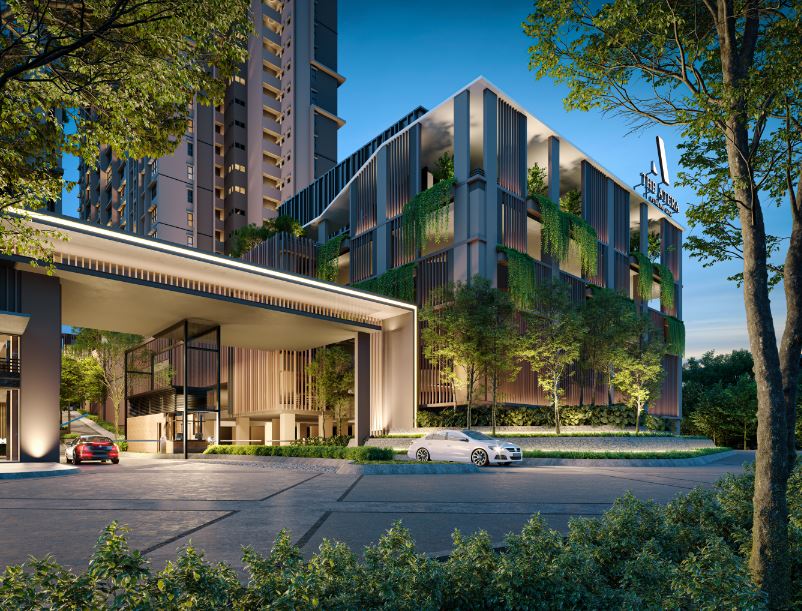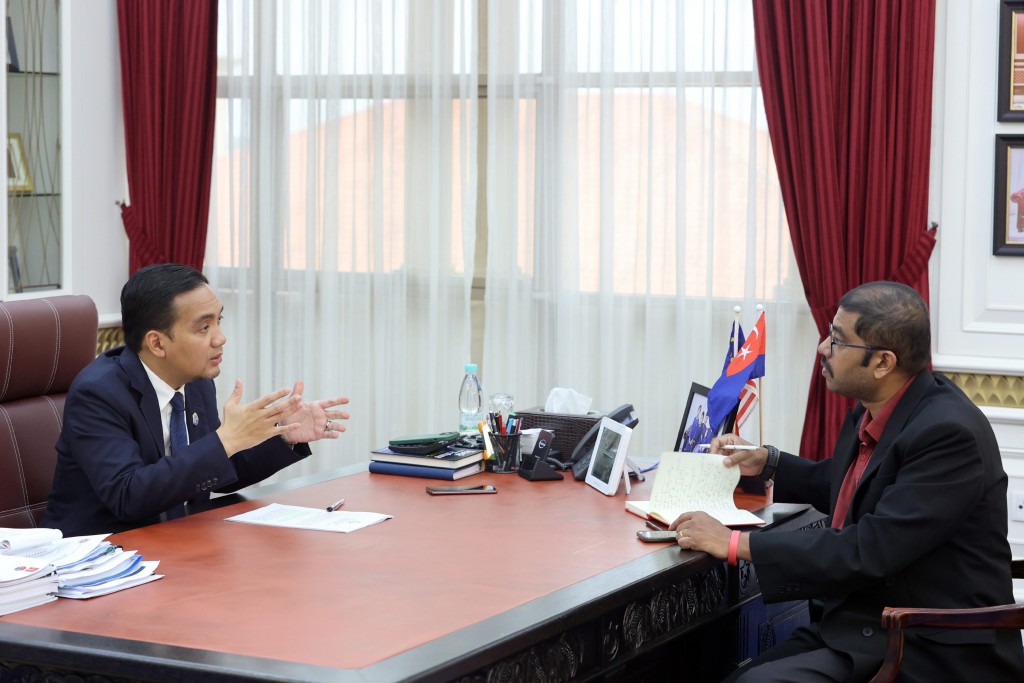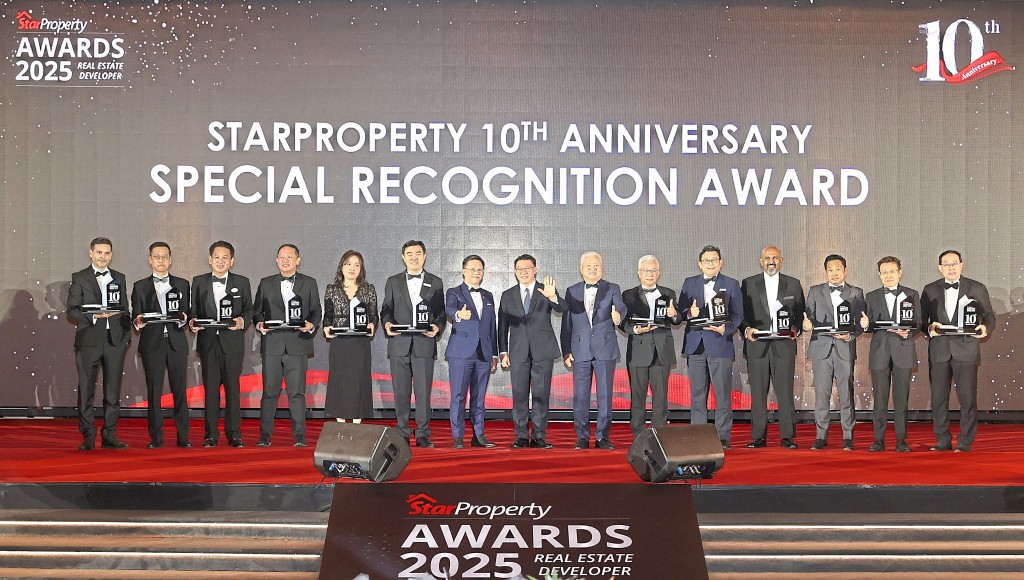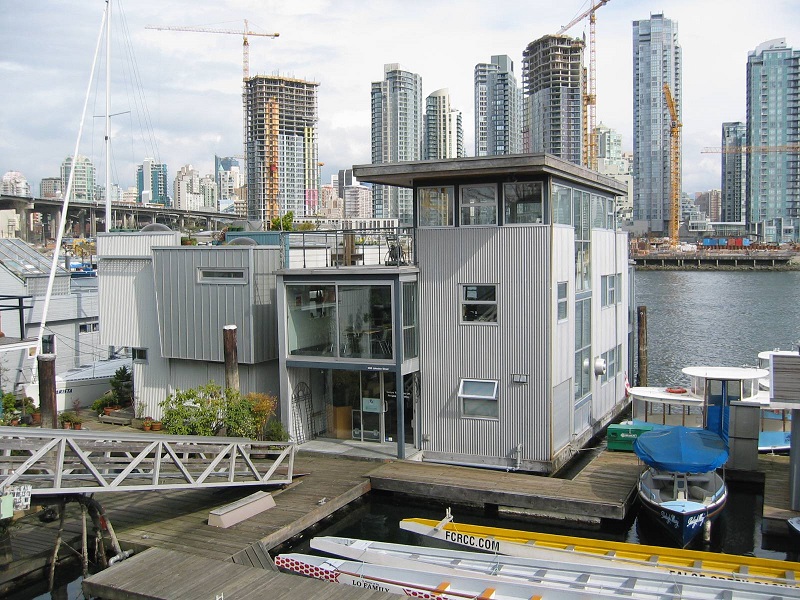Instilling awareness and proactive risk reduction builds resilient cities
By Yip Wai Fong
The recent flood in Texas, which claimed over 100 lives and continues to see rising casualties, exemplifies a classic disaster event: An unprecedented heavy downpour struck before dawn, causing the Guadalupe River to swell by 22 feet in just 45 minutes. Caught by surprise in the wee hours, fatalities were among those believed to be asleep when the flood struck. The region is known for flash floods but the severity and timing of the latest was, ironically, not anticipated. Disaster often strikes when one least expects it.
Compared to the US, Malaysia is even more susceptible to water-related hazards, ranking 12th in the world in terms of flood frequency, according to a 2024 World Bank and Bank Negara study. The study also estimates that floods can cost Malaysia up to 4.1% of its Gross Domestic Product (GDP) by 2030. Two catastrophic floods had afflicted the Peninsular in 2014-2015 and in 2021-2022, highlighting the need not only for disaster response and recovery but also for disaster preparedness.
“(When) we look into past records, according to reports by the Irrigation Department, we have lost billions in ringgit because of flooding and most of them were in the cities. Over the last two decades, the number of floods and water-induced disasters has increased and the level of damage was also very worrying. Climate change is real. We have to adapt to climate change but how quickly are we adapting? What best measures can we put in place for our cities? Our population is vulnerable. The probability is high for an urban dweller to be located in a water-related disaster area, especially during monsoon,” said Universiti Teknologi Malaysia (UTM)’s Disaster Preparedness and Prevention Centre (DPPC) director Khamarrul Azahari Razak.
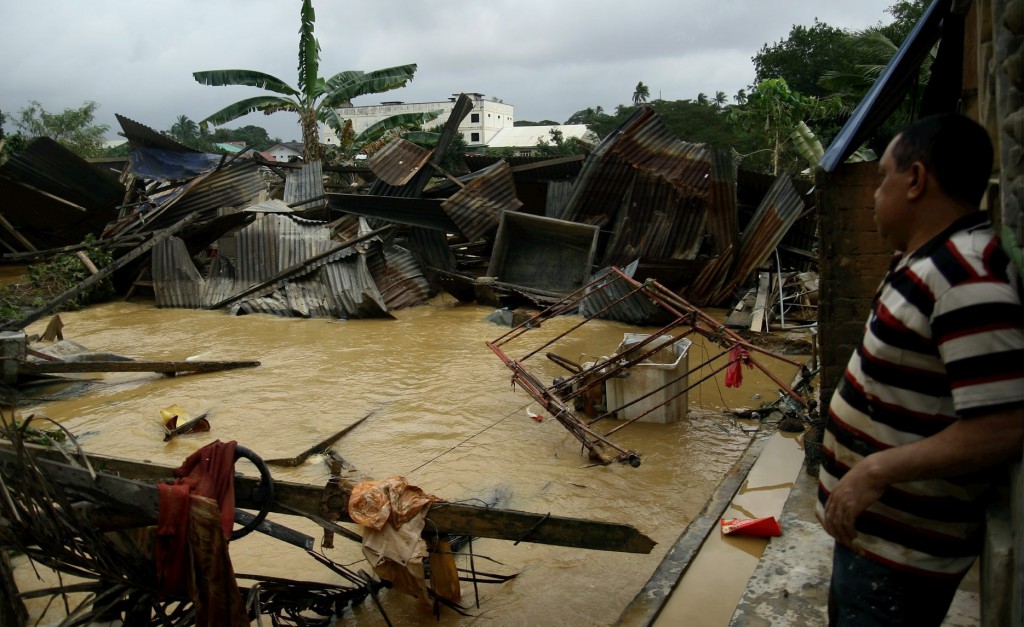
A resident looks helplessly at his destroyed batik factory at Kampung Lembah Sireh in Kota Baru, Kelantan during the 2014 flood. (Filepic/The Star)
Khamarul also said as a result of rapid urbanisation, living in an environment that is free from natural hazards is increasingly not an option. Incorporating adaptation and risk mitigation in developments thus became important; it requires an informed approach.
“If you are the home owner, you might not buy a house if you know that it is in a flood-prone area but if the contractor or developer said, yes, it is flood-prone and they implemented mitigation measures, you would feel safe. Unfortunately, this is not the case. Many home owners I interviewed had no idea they bought in a flood-prone area. Some of the areas have had no flood in the previous few years or the last ten years but (people do not know) floods have their cycle. Infrastructure projects can also induce floods and (increase) their intensity. This is where research is needed to assess and reduce the losses,” he explained.
“In Japan, information about flood hazards is accessible to the public. But here, how do you get the flood hazard map for Shah Alam? How do you know whether or not your company is located in an area with a probability of a one-in-20-year flood, for example? If you know your company is in a flood-prone area, you can prepare. But here, in most cases, the information is available but not easily accessible, and in any case, you need certain know-how to read the maps,” Khamarul added.
Enforcing disaster risk reduction measures requires strengthening law enforcement and the enactment of a disaster law, Khamarul advocated.
“A disaster law can take into account mitigation for housing development in high-risk areas. (After the 2021-2022 flood) In Shah Alam, I noticed contractors have changed designs by elevating the development area.
“You still need a special law to say that, if you don’t (incorporate mitigation measures), you will be punished or accounted for, so that there is no room not to do it. The law can also define the share of protection provided by the government or by insurance to those affected by disasters. Strengthening risk governance is the key,” he explained.
Pointing at landslide cases, Khamarul highlighted the positive return when the government and private sector invested in disaster risk assessment and mitigation.
He said over the past 30 years, Bukit Antarabangsa has experienced an initial rise in fatal landslides but this trend has reversed due to intensified government slope protection measures and effective community engagement. This increased safety has led to a recovery in property demand which had previously declined. The area benefits from ongoing support from both federal and state governments, with Ampang Jaya Municipal Council (MPAJ) actively inventorying over one hundred slopes, many near residential areas. The collaborative efforts of home owners, the banking industry and MPAJ in slope protection demonstrate how investment in disaster risk reduction can shift public perception, with people now willing to purchase property near mitigated slopes.
“At a well-known coastal resort in Langkawi, they invest their profit into mitigation and prevention. At Genting Highlands, they invest in slope protection, control the drainage system, use advanced techniques in slope management and install early warning systems and sensors. It costs millions but it keeps the visitors coming, and businesses and tourism thriving, because people feel safe,” he said.
Rare and disastrous
While Malaysia is not exposed to more extreme disasters such as volcanic eruptions and earthquakes, the recent earthquake in Myanmar and its strong impact reaching as far as Thailand has alerted the need for more awareness of seismic hazards. 2025 is also the tenth anniversary of the 6.1 magnitude earthquake in Ranau, Sabah. The tragedy claimed 18 lives who were killed in rock avalanches at Mount Kinabalu.
“Malaysia treats seismic and tsunami hazards as low-probability but high-impact events and has built a layered system of structural and non-structural measures,” said Enforcement, Leadership and Management University (ELMU) senior lecturer and disaster management programme co-ordinator Rabieahtul Abu Bakar.
Rabieahtul, a specialist in geomatics engineering and geological hazard, explained that the structural measures in place are such as the seismic stations, strong-motion accelerographs installed in high-rise clusters and the Malaysian Tsunami Early-Warning System (SAATNM) in vulnerable areas. The non-structural measures refer to the SMS broadcast and international data feeds, drills, standard operating procedures (SOPs) and simulation coordinated by the National Disaster Management Agency (NADMA) and Malaysian Meteorological Department (MetMalaysia) for communities such as in Sabah and Kota Kuala Muda, Kedah, one of the tsunami-ravaged areas back in 2004. The Minerals and Geoscience Department also issues the Seismic Hazard Map that categorises seismic hazards for the country under different zonings.
“Malaysia does not lie on a major plate boundary or the Ring of Fire but is within a few kilometres away from the subduction zone and borders a combination of moderate local faults, far-field megathrusts and tsunami corridors. These factors justify sustained investment in seismic design, early warning and community readiness. The evolving Seismic Hazard Map and the 2015 Ranau earthquake provide a sound evidence base for building a more resilient nation,” she added.
Rabieahtul called for increased effort in educating the public on proper actions in the event of an earthquake disaster.
“If you happen to be inside a building, you have to evacuate to open spaces and stay further away from high-rise buildings. But, if you somehow cannot leave the building, where can you evacuate to? In Singapore, there are bunkers. These are spaces left from the past. These bunkers had sirens to alert people about war attacks and to evacuate. Do we have it here? This is something that we can consider,” she said.
While bunkers are not the norm in Malaysia, since 2017, all building structure submissions for authority approval have to comply with Eurocode 8 Malaysia National Annex MS EN1998-1-1. Eurocode 8 covers all building structures of reinforced concrete and structural steel design, requiring them to be designed for earthquake resistance.
However, following the collapse of an under-construction building in Thailand due to heavy shaking from the Myanmar earthquake 1,000km away, concerns were raised about the safety of older buildings built before Eurocode 8 adoption.
One of these voices of concern was by Institute of Engineers, Malaysia, Sabah vice chairman 1 Tan Kok Jyh, who called for mandatory retrofitting of older buildings in Sabah’s urban areas, especially for critical infrastructure like schools, hospitals, emergency response centres and transportation hubs.
“The 2015 Ranau earthquake and recent tremors are not anomalies but warnings of larger disasters to come. To avert this, Sabah must retrofit critical buildings using modern seismic standards, empower communities through education and drills (and) invest in technology for early warnings and monitoring,” Tan wrote in a March publication.
Shaking off indifference
Complacency and indifference are the stumbling blocks in disaster risk reduction. Khamarul said this was observed among flood victims who dismissed the governments’ early warnings and were ignorant of the nearest evacuation centres. He added that many were also uninformed about the role of insurance as a risk transfer mechanism.
“Although floods are expected to increase in the future, it doesn’t have to also mean an increase in human and economic losses. Our mission in DPPC is to educate our people about preparedness and loss prevention, including educating them about taking insurance, say if they run business in areas vulnerable to flood,” he said.
According to the General Insurance Association Malaysia (PIAM), in 2024, the household take-up rate of fire and home policy is 42.6%, indicating that more than half of Malaysian households are not protected against structural damage caused by fire, floods and severe weather conditions.
“People adopt the attitude that disasters will not happen to me. It may not be everyone but many people did not want to spend the money on insurance premiums. They don’t understand that many of the things that happen are beyond their control,” said PIAM chief executive officer Chua Kim Soon.
Chua said that despite the availability of both home owner insurance and house holder insurance in the market that insure property and its content against damages and losses caused by natural hazards, most properties are insured only against fire as mandated by the bank loan agreement.
“A home owner’s policy covers the damage to the property and its fixtures, such as built-in cabinets. Then you have the house holder’s policy which covers the content – wardrobe, electrical items and jewellery up to a certain limit.
“The next question will probably be, how much to insure for? It will be based on the cost of rebuilding the property, excluding the value of the land. It is not based on the market value – how much you can sell it for – because that includes the land value,” he explained, adding that the PIAM provides a tool on its website to calculate the rebuilding cost.
Disaster resilience
Rabieahtul said that the perception of Malaysia being shielded by geography from disasters has to change. History has shown that the country has had its share of catastrophes, giving us a strong case to invest in being prepared.
“The United Nations Office for Disaster Risk Reduction (UNDRR) highlighted that every USD1 invested in disaster risk reduction and preparedness can save up to USD15 in post-disaster recovery. This underscores the importance of investing in resilience and preparedness to avoid larger recovery costs.
“While there is a fear of causing chaos in information sharing, knowledge is always better than ignorance, thus, a risk-informed approach, involving proper dissemination of information and continuous awareness building, is crucial,” she said.
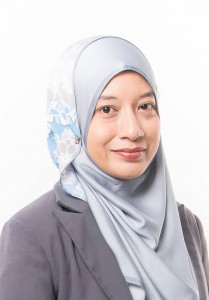
The 2015 Ranau earthquake provides a sound evidence base for building a more resilient nation, Rabieahtul said.
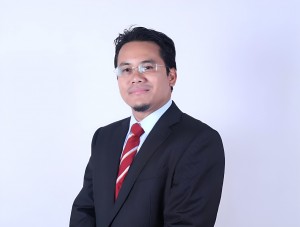
Adaptation and risk mitigations are important in developments as living in a natural hazard-free environment is increasingly not an option, said Khamarul.
(Sidebar) Types of home/property insurance in Malaysia
Stay ahead of the crowd and enjoy fresh insights on real estate, property development and lifestyle trends when you subscribe to our newsletter and follow us on social media.

